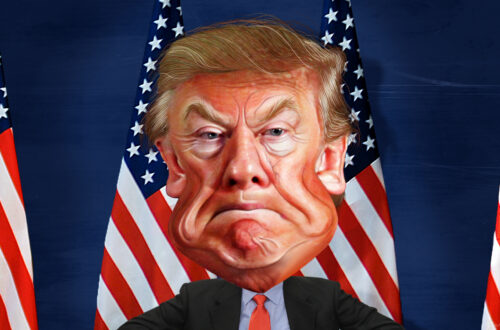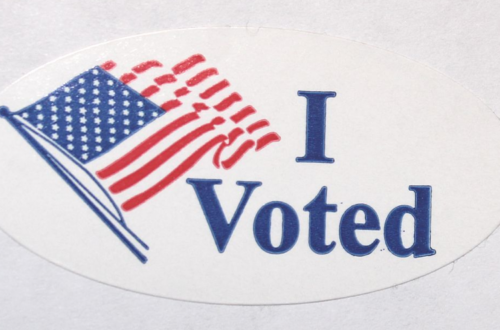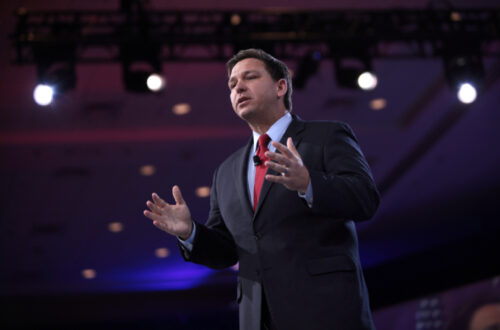Following claims of voter fraud and fake news spread by former President Donald Trump after his defeat in 2020, there has been an increase in the trend of political opponents seeing each other no longer as competitors, but as enemies. The Forward Party is an attempt to mend the two sides of the political war.
Founded in 2021, the Forward Party presents an alternative slate of candidates in local, state, and federal elections.
Andrew Yang and Christine Todd Whitman established it to mend the divide created by the Republican and Democratic parties. The party values reforms spanning ranked-choice voting, nonpartisan primaries, and independent redistricting commissions. It has raised around $4.9 million and spent around $3 million on campaigns.
However, the party has yet to put forth a candidate of their own. Nonetheless, many have expressed their support for this party, including retired Navy Seal Joe Sestak who expressed that “when you lose trust a ship loses its purpose, and that’s what I think is happening to the United States ship today.”
According to recent studies reported by Ezra Klein, American voters in the past 50 years have become more predictable “not because we came to like our party more, indeed, we’ve come to like the parties we vote for less — but because we came to dislike the opposing parties more.”
This has created a cleavage in American politics that forces voters to pick between the lesser of two evils.
In the past few decades, party polarization has caused political identities to merge with racial, cultural, and ideological identities, forming a partisan identity based on more controversial topics. It is important to note that political parties are shortcuts, ways for the public to gather around politicians that they believe hold the same values as them.
The problem arises when the lines between the two parties are not clear, which was the case with the Republican and Democratic parties of the 1950s.
Voters in this period would often split their tickets, making it hard to deeply affiliate themselves with either party. During the Ford-Carter presidential election, only about 50% of the voters believed that the Republican party was more conservative than the Democratic party.
Additionally, the Civil Rights movement and the Roe v. Wade decision are examples of situations where the positions were not party-based. In 1982, Democratic Sen. Joe Biden voted for a constitutional amendment that would allow the states to overturn Roe v. Wade.
During the 1960s, the American Political Science Association Committee published a paper titled “Towards a More Responsible Two-Party System” that called for parties to make their goals distinct so voters could make “an intelligent choice between them,” according to Political Scientist Ezra Klein.
The Republican party made efforts to rid themselves of the moderates that made up most of their party. This movement was spearheaded by Republican Barry Goldwater in his presidential campaign.
This led to a decrease in the emotional thermometer used to assess voters’ thoughts. Voters were asked to rate how well they liked the opposing party, with 100 being the best feeling. In 1980, voters rated the opposing party a 45. It dropped to 38 in 1998 and in 2016 it fell to a low of 29. They even scored their parties from 72 in 1980 to 65 in 2016. This is due to negative partisanship, the feeling that you must vote for the lesser of two evils.
Political Theorist Maurice Duverger states that countries that have “the simple-majority single-ballot system favor the two-party system.” America’s choice to have this particular electorate perpetuated the two-party system we see today, especially at district levels, leading to intense party polarization.
We can see evidence of this even here in Florida after the recent 2022 midterm elections. The electoral system guarantees limited party representation in the government which leads to radical campaigns that consume voters leaving no room for moderates. The first step to change is for the two dominant parties to face real opposition from a third-party candidate.
According to a recent study, over 27% of Americans feel as though there is not a party that represents all their interests, and most college-educated voters were open to voting for a third party. This sparked hope that the Forward Party could create enough competition that other voters would not feel like they were “wasting their votes” if they voted for a third-party candidate.
The history of party polarization in America has led to the increased need for a moderate third party after both political parties felt the need to define clear ideological boundaries.
Populist leaders like Trump are now able to use this divide to garner support and sharpen the cleavage between Americans.
Reigning in party polarization will be essential to maintain our democracy.
There is nothing that the Republican and Democratic parties will not do to secure a win, including gerrymandering, making voting difficult, and making false accusations. Voter turnout has been on the decline.
Is the Forward Party a viable option for voters? Some of its reforms have already been implemented including ranked-choice voting in Alaska and Maine.
Does this mean we can expect a change in the system here in Florida?
All signs point to “not yet” after the re-election of Florida Gov. Ron DeSantis.
Check out other recent articles from the Florida Political Review here.
Featured Image: Andrew Yang speaking at a rally in Council Bluffs, Iowa. (Unmodified photo by Matt A. Johnson used under a Creative Commons license. http://bit.ly/3kTOZmR)





